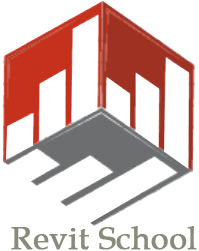- Line Styles – set up standard line styles and remove unnecessary ones.
- Line Weights – set up standard line weights and remove unnecessary ones.
- Line Patterns – set up standard line patterns and remove unnecessary ones.
- Text Styles – set up standard text styles and remove unnecessary ones.
- Dimension Styles – set up standard dimension styles and remove unnecessary ones.
- Title Blocks – load standard title block, including addendum.
- Wall Types – set up standard, and include some generic types for design. You will not need all types, just the most commonly used ones.
- Roof Types – set up standard.
- Floor Types – set up standard.
- Ceiling Types – set up standard.
- Browser Organization – set how the views and sheets are organized. This is often based on custom parameters.
- Parameters – determine and add all necessary parameters for objects.
- Door Families – create and add most commonly used families.
- Window Families – create and add most commonly used families.
- Keynotes – preset values if your office uses keynote data.
- Schedule Keys – define necessary schedule keys, such as hardware or finish types.
- Schedules – create most commonly used schedules, such as doors and windows.
- Legends – create common legends, such as doors and windows.
- Export DWG – predefine export settings, if necessary.
- Import DWG – predefine import settings, if necessary.
- Cover Page – define cover page content, such as abbreviations, legends, sheet index, etc.
- Units – set project units.
- File Locations – define and save file locations for easy browsing and saving.
- Site Settings – define contour intervals, degrees, etc.
- View Templates – create standard settings for typical views and save them as view templates.
- Fill Patterns – create and/or load fill patterns.
- Materials – set up common materials.
- Object Styles – add additional object styles and refine the rest.
Skip to content
